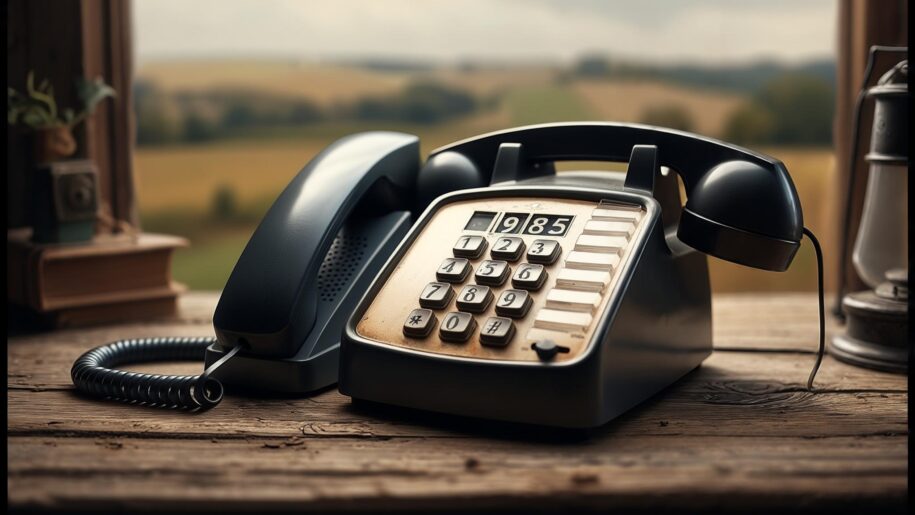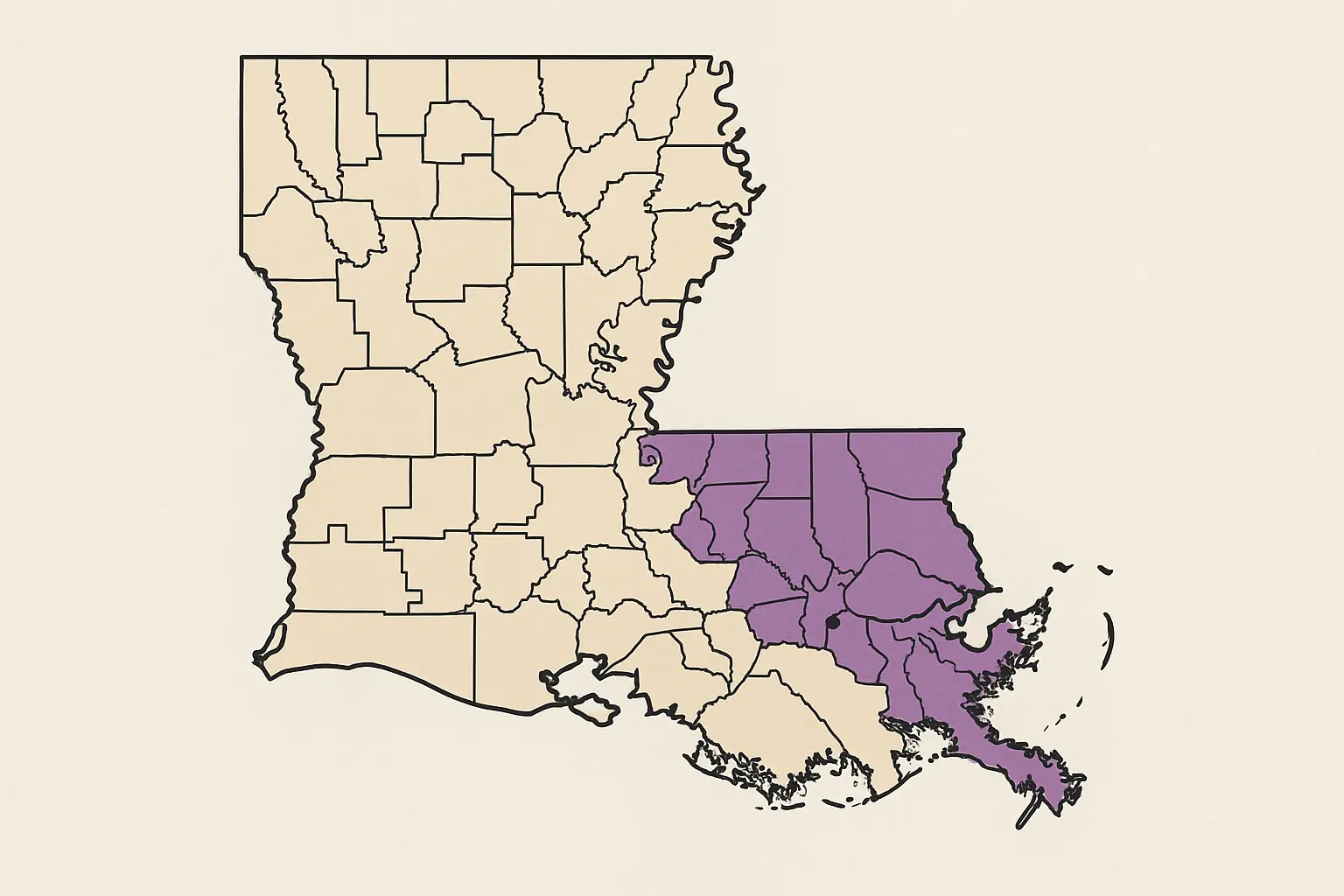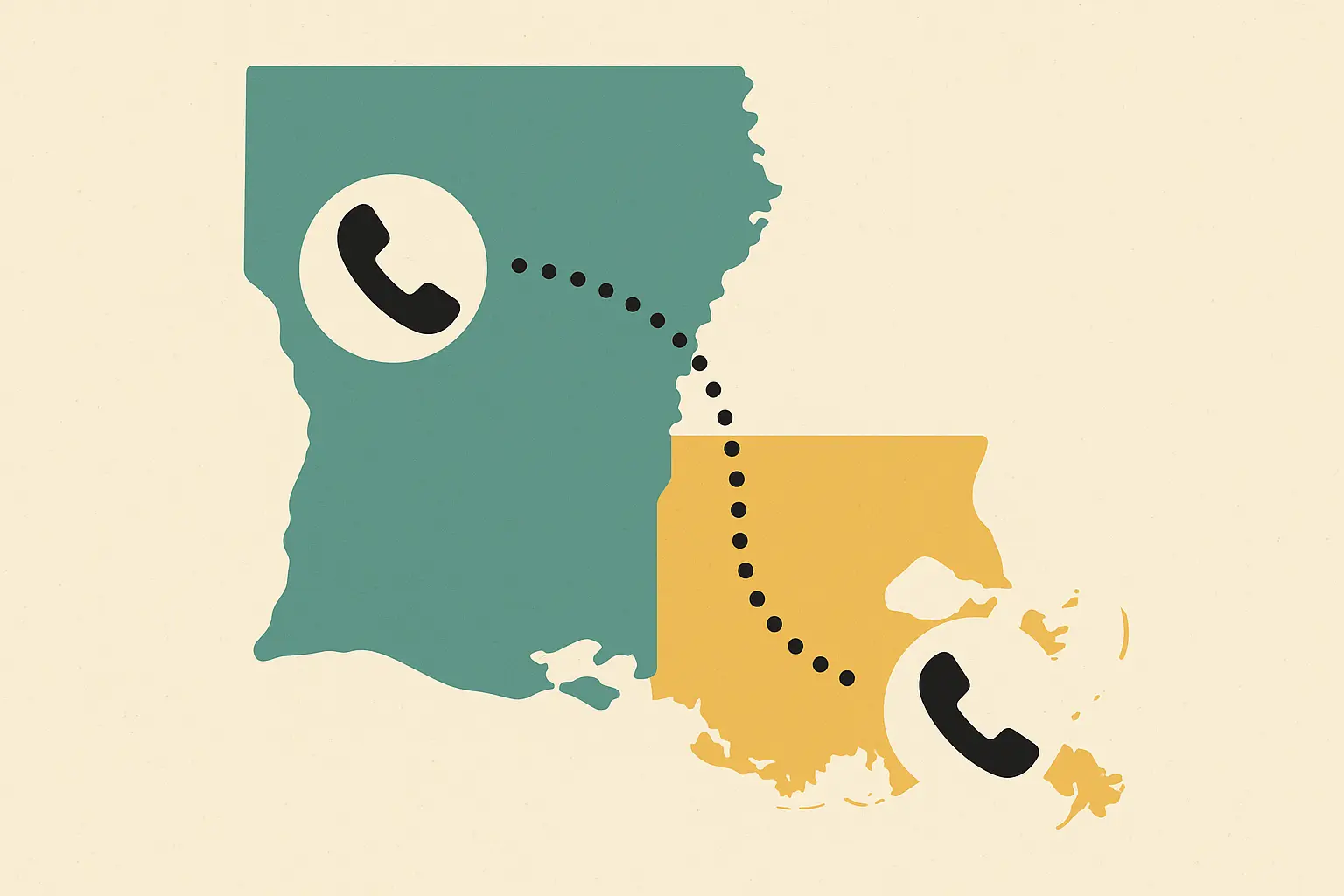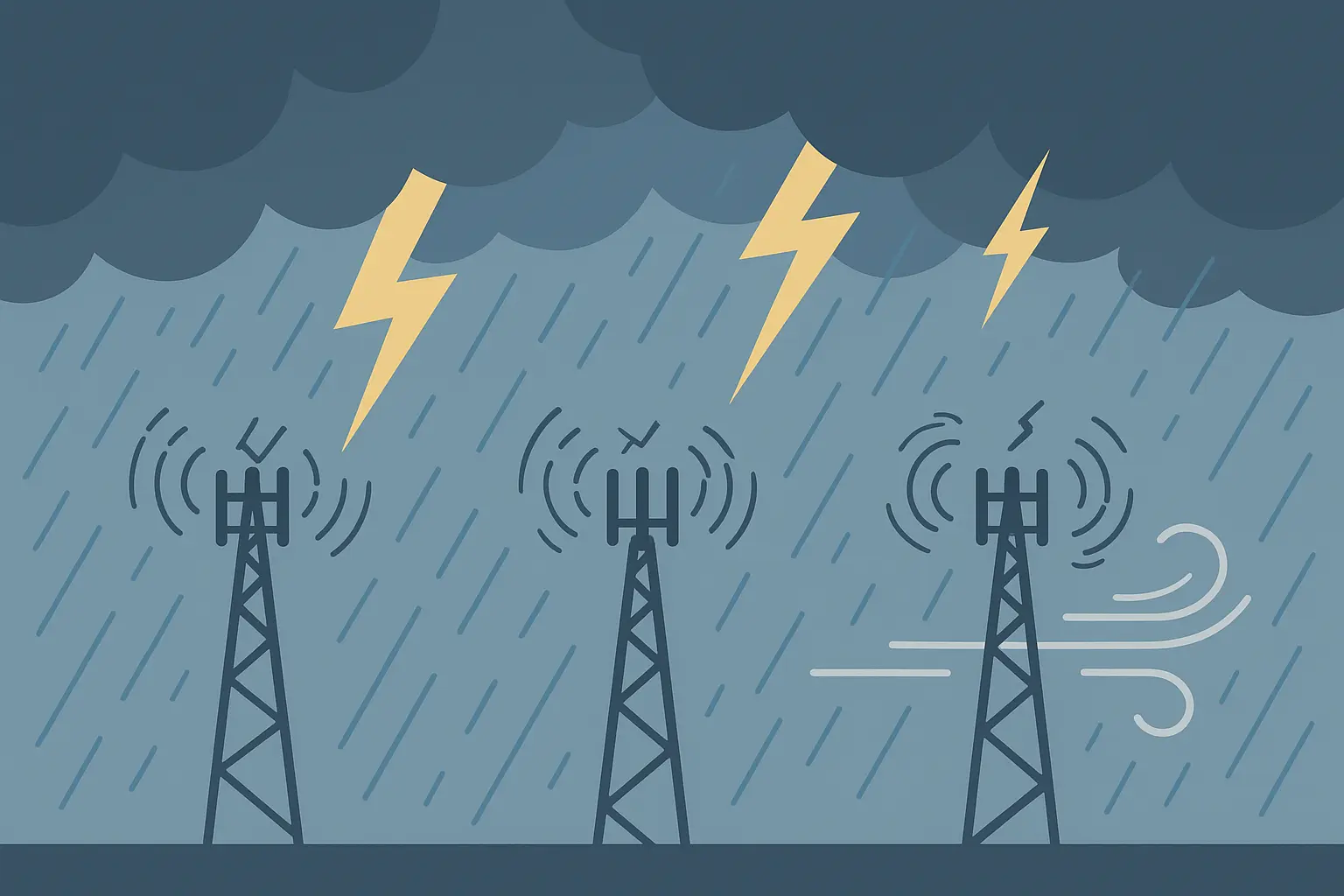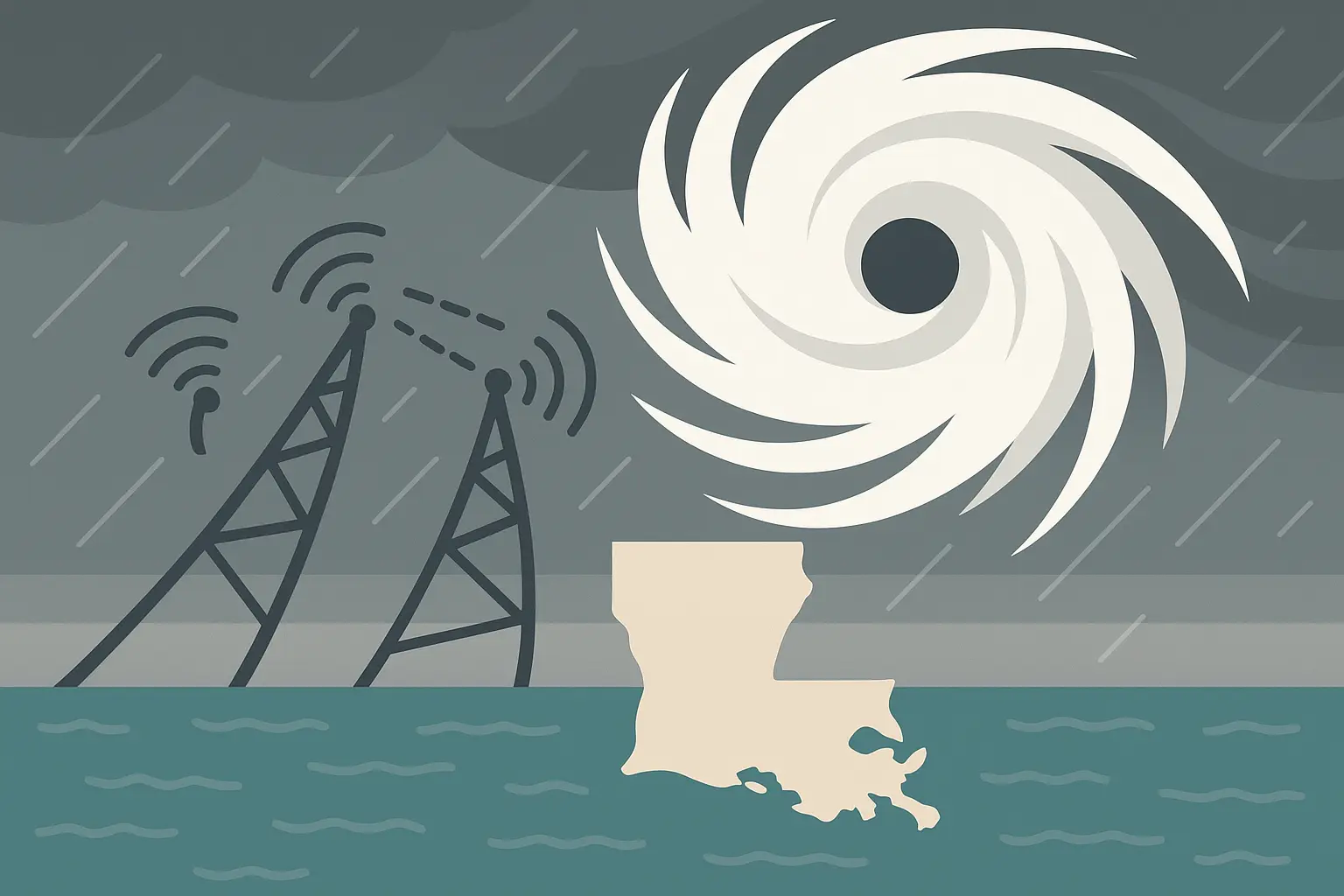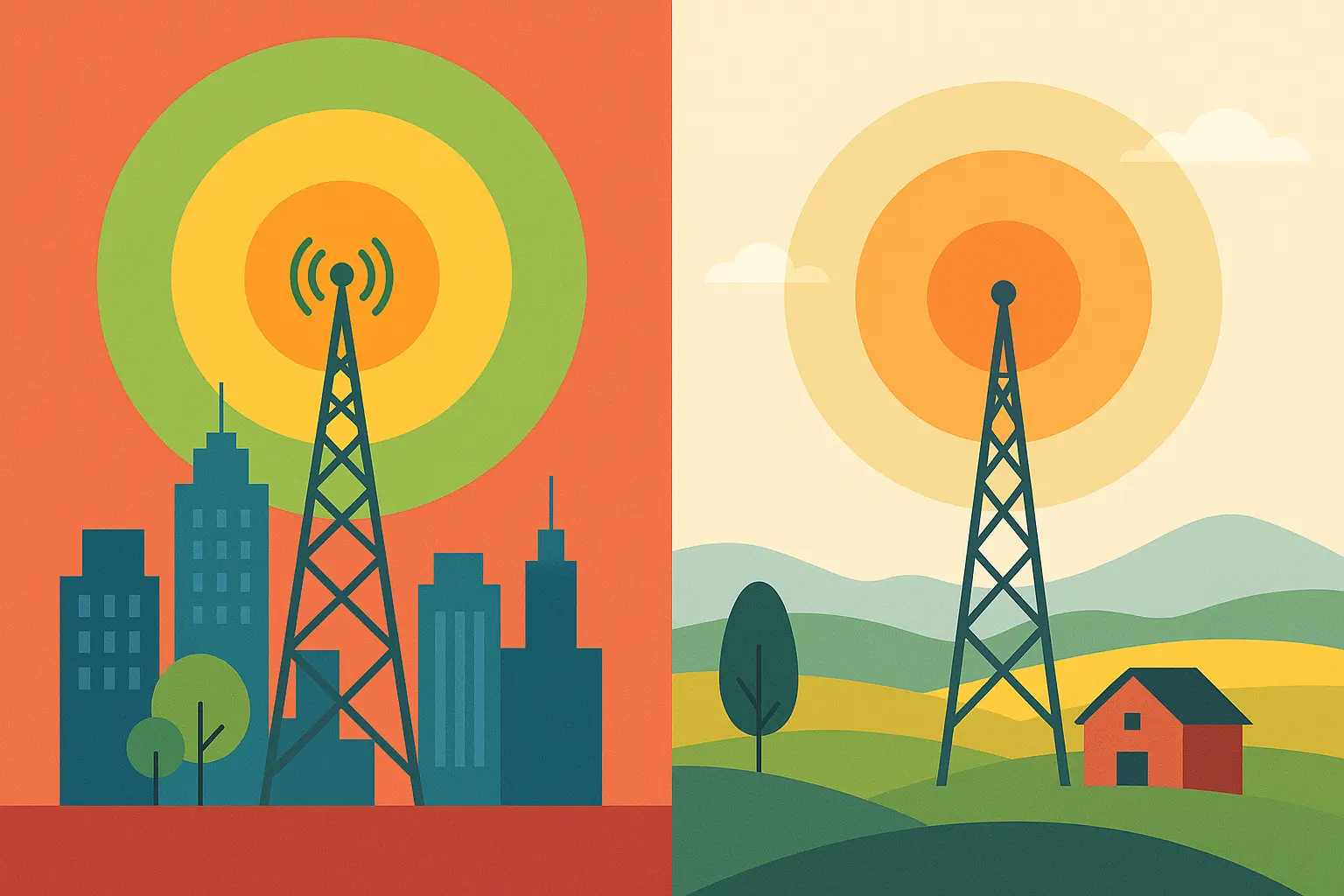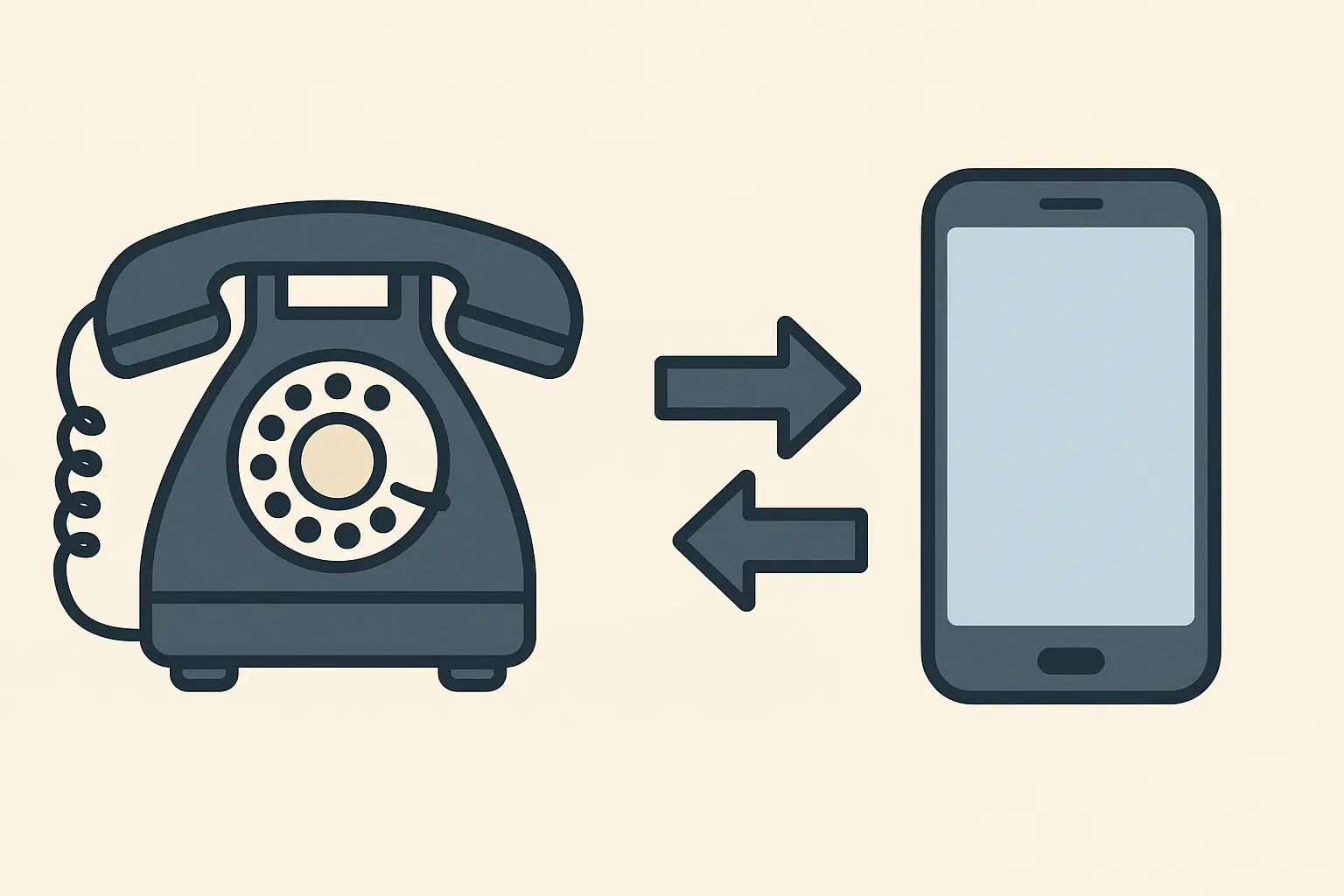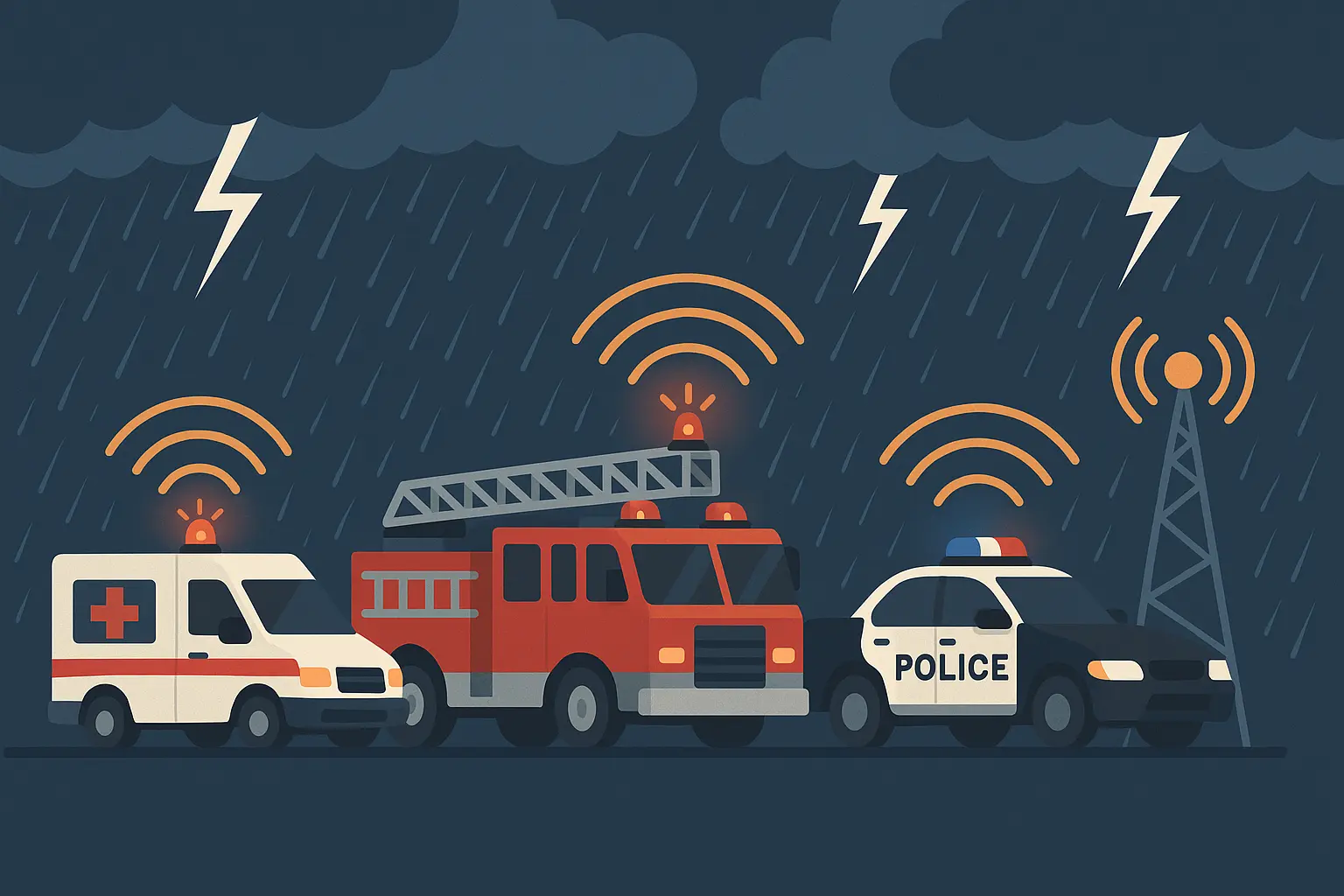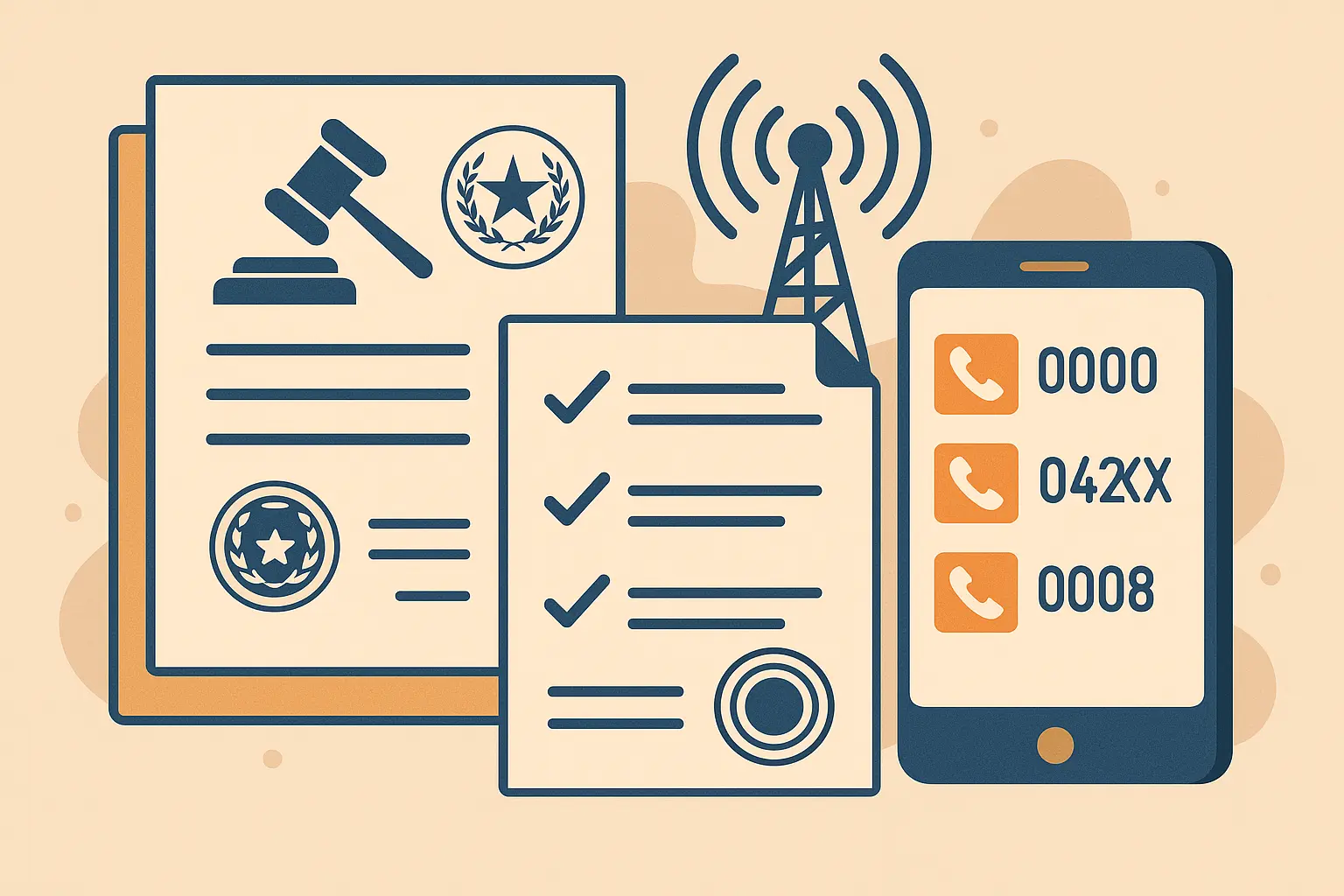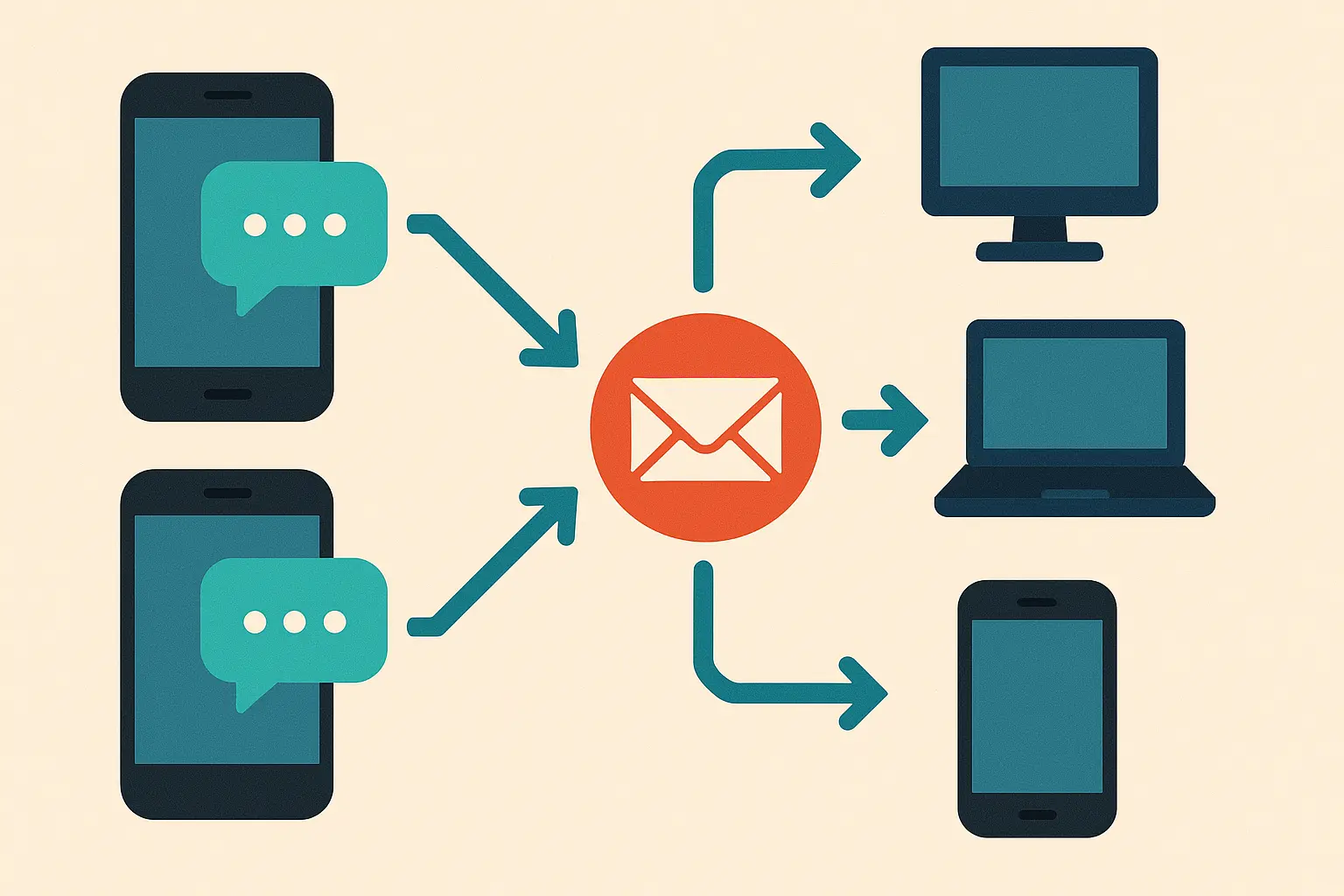Look, if you live in southeastern Louisiana, you already know the 985 area code comes with its own set of headaches. Your texts disappear during thunderstorms. Your business calls drop when tourists flood the region. And don’t even get me started on what happens during hurricane season.
The 985 serves over 875,880 residents across southeastern Louisiana, according to ZipAtlas demographic data, making it one of the most densely populated regions in the state. Yet despite serving nearly a million people, this area code remains one of the most misunderstood in Louisiana’s communication system.
After dealing with these communication nightmares for years, I decided to dig into what’s really going on with our phone service – and what we can actually do about it.
Table of Contents
Table of Contents
-
The Real 985 (It’s Not Just New Orleans Overflow)
-
When Mother Nature Attacks Your Phone
-
The Tourist Problem That Crashes Networks
-
Why Rural vs Urban Makes All the Difference
-
The 2001 Split That Still Causes Headaches
-
What Actually Works When Everything Else Fails
TL;DR
-
The 985 covers way more than New Orleans suburbs – we’re talking St. Tammany, Washington, Tangipahoa, and beyond
-
Hurricane season turns reliable phones into expensive paperweights for weeks at a time
-
Tourist crowds during festivals and game days overload networks, making your calls and texts disappear
-
Rural parishes get screwed with spotty coverage while cities like Covington work fine
-
The 2001 split from 504 still confuses businesses trying to serve both areas
-
Smart locals have backup plans when regular service inevitably fails
The Real 985 (It’s Not Just New Orleans Overflow)
Most people think 985 is just where New Orleans phone numbers overflow when 504 gets full. Wrong. This region has its own identity, its own problems, and definitely its own communication challenges.
What We Actually Cover
The 985 stretches across southeastern Louisiana parishes that have about as much in common as crawfish and caviar. We’ve got lakefront mansions in Mandeville, pine forests in Washington Parish, and everything in between.
|
Parish |
Major Cities |
What They’re Known For |
Communication Reality Check |
|---|---|---|---|
|
St. Tammany |
Covington, Mandeville, Slidell |
Tourism, lakefront living |
Works great until storms hit |
|
Washington |
Franklinton, Bogalusa |
Forestry, small-town life |
Dead zones everywhere |
|
Tangipahoa |
Hammond, Ponchatoula |
Southeastern Louisiana University |
Overloaded during school year |
|
Livingston |
Denham Springs, Walker |
Bedroom communities |
Growing too fast for infrastructure |
Cities That Actually Matter
Hammond handles thousands of calls daily just from the university crowd. Mandeville’s tourism traffic spikes every weekend. Slidell sits right in hurricane alley. Each city creates its own communication chaos.
My dentist in Covington learned this the hard way. During Hurricane Ida, her appointment reminder system worked fine for Mandeville patients but completely failed for anyone in rural Washington Parish. Half her patients showed up for appointments that should’ve been canceled, while the other half missed rescheduled appointments they never heard about.
Rural Reality Bites
Here’s the thing nobody talks about: if you live in Mandeville or Covington, your phone works great. Drive 15 minutes into Washington Parish? Good luck getting a single bar.
I watched a contractor lose three jobs last month because his customers in rural areas never got his follow-up texts. Meanwhile, his Slidell clients were complaining he was texting them too much. Same phone, same service plan – completely different worlds.
For businesses dealing with these rural communication challenges, understanding how to forward text messages to an email address can provide reliable backup when cellular networks fail in remote Louisiana parishes.
When Mother Nature Attacks Your Phone
Every summer, it’s the same story. Thunderstorm rolls through, and suddenly half your customers can’t reach you. Hurricane season? Forget about it. During Hurricane Ida, some businesses were cut off for two weeks.
But here’s what really gets me: we all act surprised every time it happens. Like we don’t live on the Gulf Coast or something.
Hurricane Season Reality
With a 7.6% unemployment rate according to ZipAtlas employment data, many residents rely heavily on text messaging for job opportunities and gig work coordination. When storms knock out service, people can’t work – period.
Hurricane preparedness isn’t just about plywood and generators anymore. When Category 3+ storms hit, cellular towers fail, power grids collapse, and your business communication disappears for days or weeks. I’ve seen restaurants lose their entire reservation system because they depended on texts that never made it through.
Everyday Weather Problems
You don’t need a hurricane to mess up your service. Summer thunderstorms pack enough punch to knock out towers across multiple parishes. Lightning strikes, flooding, power outages – it all adds up to dropped calls and disappeared messages.
These aren’t rare events – they happen multiple times each year. Louisiana continues expanding its telecommunications infrastructure, as “new area codes are being added statewide due to mobile phone popularity” 97.3 The Dawg reports, but Mother Nature doesn’t care about infrastructure improvements.
Recovery Takes Forever
Post-storm recovery creates its own nightmare. Damaged towers mean spotty service for weeks while repair crews work their way through the region. Emergency services, hospitals, and essential businesses need communication that works when everything else is broken.
During weather emergencies, businesses need reliable alternatives like forwarding text messages to a Slack channel to maintain team coordination when cellular networks become unreliable.
The Tourist Problem That Crashes Networks
Tourism brings money, but it also brings communication chaos. When thousands of visitors flood our region for Jazz Fest, Saints games, or Mardi Gras events, our phone networks buckle under the pressure.
Festival Season Overload
Network congestion hits differently here than in major cities. During Saints games or local festivals, everyone’s trying to text, call, and post photos simultaneously. Your important business message might sit in a queue for hours while tourist traffic clogs the system.
The importance of area code identity continues today, as seen with “LSU tailgating groups proudly calling themselves ‘The 985ers'” The Advocate reports. But when those same fans flood cell towers during game day, regular business communication suffers.
Seasonal Business Nightmares
A boutique hotel in Mandeville books 200 rooms during Jazz Fest weekend. Their automated confirmation system fails to reach 30% of guests due to network congestion from tourism traffic. Guests arrive expecting confirmed reservations that never reached them, creating front desk chaos and potential revenue loss from walk-away customers who assume their bookings failed.
Peak business hours in cities like Hammond create similar bottlenecks, especially when university traffic combines with local commerce and seasonal visitors.
Why Rural vs Urban Makes All the Difference
The coverage gap between cities and countryside isn’t just inconvenient – it’s a business killer. Infrastructure investment follows population density, leaving rural areas with coverage that belongs in the 1990s.
The Great Coverage Divide
|
Coverage Area |
What You Actually Get |
Business Impact |
Reality Check |
|---|---|---|---|
|
Urban Centers |
4-5 bars, fast service |
Everything works |
You’re spoiled |
|
Suburban Areas |
3-4 bars, mostly reliable |
Occasional hiccups |
Pretty good life |
|
Rural Parishes |
1-2 bars on good days |
Constant frustration |
Welcome to reality |
|
Remote Areas |
Prayers and hope |
Forget about it |
Move to town |
Why Geography Matters
Swampland, forests, and low population density create natural dead zones where tower placement doesn’t make economic sense. The median household income of $62,057 in the region, according to ZipAtlas income data, means many small businesses operate on tight budgets and can’t afford redundant communication systems.
Tower placement follows money, not need. Rural businesses get left behind while urban areas get multiple carriers competing for coverage.
The Infrastructure Reality
While urban areas benefit from expanding fiber networks, rural parishes still depend on copper infrastructure from decades past. This creates speed and reliability differences that affect everything from message delivery to internet-based backup systems.
The digital divide isn’t just about internet access – it impacts fundamental communication reliability across the region.
The 2001 Split That Still Causes Headaches
The creation of 985 in 2001 wasn’t just about running out of numbers. It reflected Louisiana’s changing demographics and business growth. But the split created problems that businesses still deal with today.
Why the Split Happened
Population boom hit southeastern Louisiana hard in the late ’90s. The 504 area code couldn’t keep up with demand from new residents, expanding businesses, and the early cell phone adoption. Rather than forcing everyone to change numbers, Louisiana implemented 985 as a geographic split.
This decision shaped how businesses think about their phone presence even today. Your area code became part of your regional identity – 985 meant you served the growing suburban and rural markets, not just the New Orleans metro area.
Cross-Code Communication Chaos
Ever tried coordinating between a Metairie office (504) and a Covington branch (985)? The technical challenges go beyond just remembering to dial the area code.
Different network infrastructures mean message delivery times vary between regions. What takes seconds in downtown New Orleans might take minutes to reach rural 985 areas. Businesses learned this during their first major weather events when coordination became critical.
When managing communications across multiple Louisiana area codes, businesses often need to understand proper US phone number format with country code requirements for automated systems.
Brand Identity Confusion
Local businesses face a tough choice: stick with 985 to show regional pride or grab a 504 number for broader recognition. Service businesses that work across both areas struggle with this decision constantly.
The area code on your business card sends a message about who you serve and where you’re based. Some businesses maintain numbers in both area codes just to avoid customer confusion.
What Actually Works When Everything Else Fails
Smart businesses and residents in the 985 region don’t just complain about communication problems – they plan around them. Here’s what actually works when traditional systems fail.
Healthcare Gets It Right
Medical facilities can’t afford communication failures. Patient appointment confirmations, prescription notifications, and emergency alerts require guaranteed delivery regardless of weather or network conditions.
Smart healthcare providers implement backup systems that route critical messages through multiple channels. When SMS fails, email forwarding ensures patient communications still reach their destinations.
Emergency Services Lead the Way
First responders, emergency management, and essential services need communication that works when everything else is broken. Traditional SMS networks become unreliable during the exact moments when reliable communication becomes most critical.
With 56.0% of the population in the labor force according to ZipAtlas employment statistics, reliable business communications become essential for maintaining employment and economic stability across the region.
Tourism Industry Adaptation
The region’s proximity to New Orleans creates substantial tourism traffic requiring bulletproof communication systems. Hotel booking confirmations, restaurant reservations, and activity coordination can’t fail during peak season.
Successful tourism businesses learned to implement backup communication strategies that work during network congestion and weather events.
How Auto Forward SMS Solves Real Problems
Auto Forward SMS addresses the specific communication challenges that 985 residents and businesses face daily. When cellular networks fail during storms or get overwhelmed by tourist crowds, reliable message forwarding ensures critical communications still reach their destinations.
Weather-Resistant Communication
Auto Forward SMS provides the reliability that businesses need during hurricane season and severe weather events. When cellular networks fail, email forwarding ensures critical messages still reach their destinations through alternative channels.
The system’s retry functionality means important communications don’t disappear during temporary network outages – they keep trying until they get through.
For businesses new to SMS forwarding solutions, our comprehensive guide on getting started with AutoForward SMS for the first time helps Louisiana businesses quickly implement reliable backup communication systems.
Cross-Area Code Reliability
Companies operating across both 985 and 504 regions can maintain consistent communication workflows through automated SMS forwarding. Important business messages get routed to email addresses or systems that remain accessible even during regional network issues.
This cross-area code reliability becomes essential for businesses serving the greater New Orleans metropolitan region.
Critical Applications That Can’t Fail
For healthcare facilities, emergency services, and essential businesses throughout the region, Auto Forward SMS provides guaranteed message delivery when traditional SMS systems fail. Advanced filtering allows organizations to prioritize urgent communications during emergencies.
Healthcare providers managing critical communications can benefit from understanding how to forward text messages to an API URL endpoint for seamless integration with existing patient management systems across Louisiana parishes.
The service ensures patient communications and emergency coordination messages transcend the limitations of traditional SMS networks in this challenging Louisiana region.
Ready to protect your communications from weather disruptions and network failures? Try Auto Forward SMS free for 7 days and experience reliable message delivery that works when you need it most.
Final Thoughts
Look, we’re stuck with the geography and weather. But we don’t have to be stuck with unreliable communication. The businesses that thrive here are the ones who plan for when – not if – their regular service fails.
The 985 represents more than just a set of numbers – it’s the communication backbone for a diverse region of southeastern Louisiana with unique challenges and opportunities. From hurricane-prone coastal areas to growing suburban communities, this region demands communication solutions that can handle both routine operations and emergency situations.
Understanding these regional communication patterns helps businesses and residents make informed decisions about their messaging strategies. Whether you’re coordinating healthcare services across multiple parishes or managing tourism communications during peak season, reliable message delivery becomes essential for success.
The combination of weather vulnerability, infrastructure gaps, and growing communication demands creates an environment where traditional SMS systems often fall short. Forward-thinking businesses and organizations are already implementing backup communication strategies to ensure their messages reach their intended recipients regardless of network conditions or weather events.
